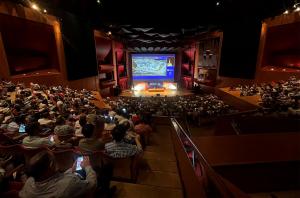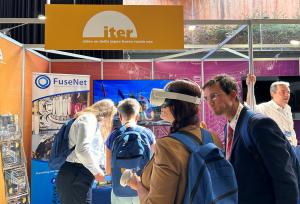How to accelerate fusion development?
The status of ITER was presented by European Domestic Agency Representative Juan Knaster, who described the project as an "indispensable bridge" to fusion energy. "ITER is providing the practical experience of designing, fabricating and assembling a licensed fusion nuclear facility, it is developing fusion supply chains and industrial capacity, and it is delivering information and expertise to partner nations," he said. "When operational, ITER will enable repeatable experiments and long-term testing."
The next International Symposium on Fusion Nuclear Technology (ISFNT-16) will take place in the United States.



